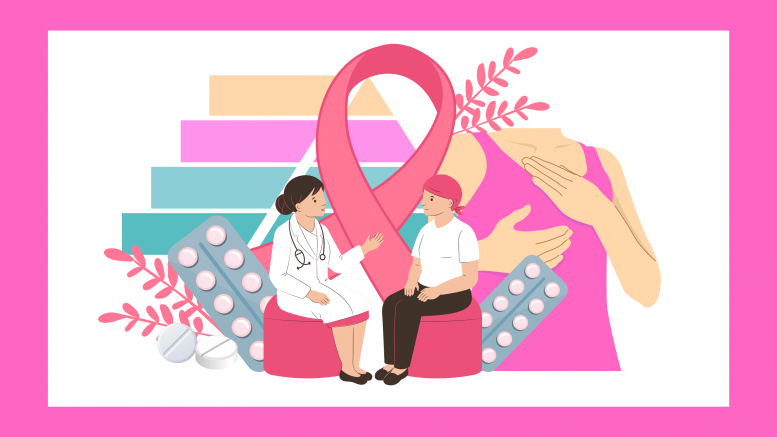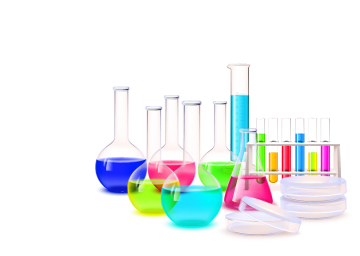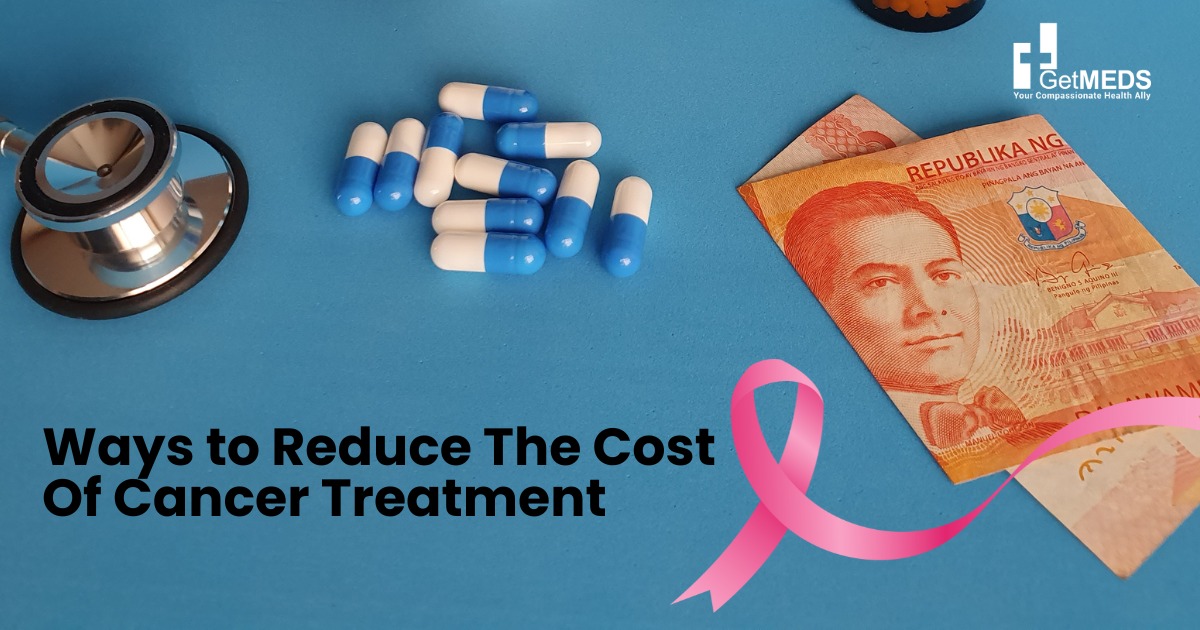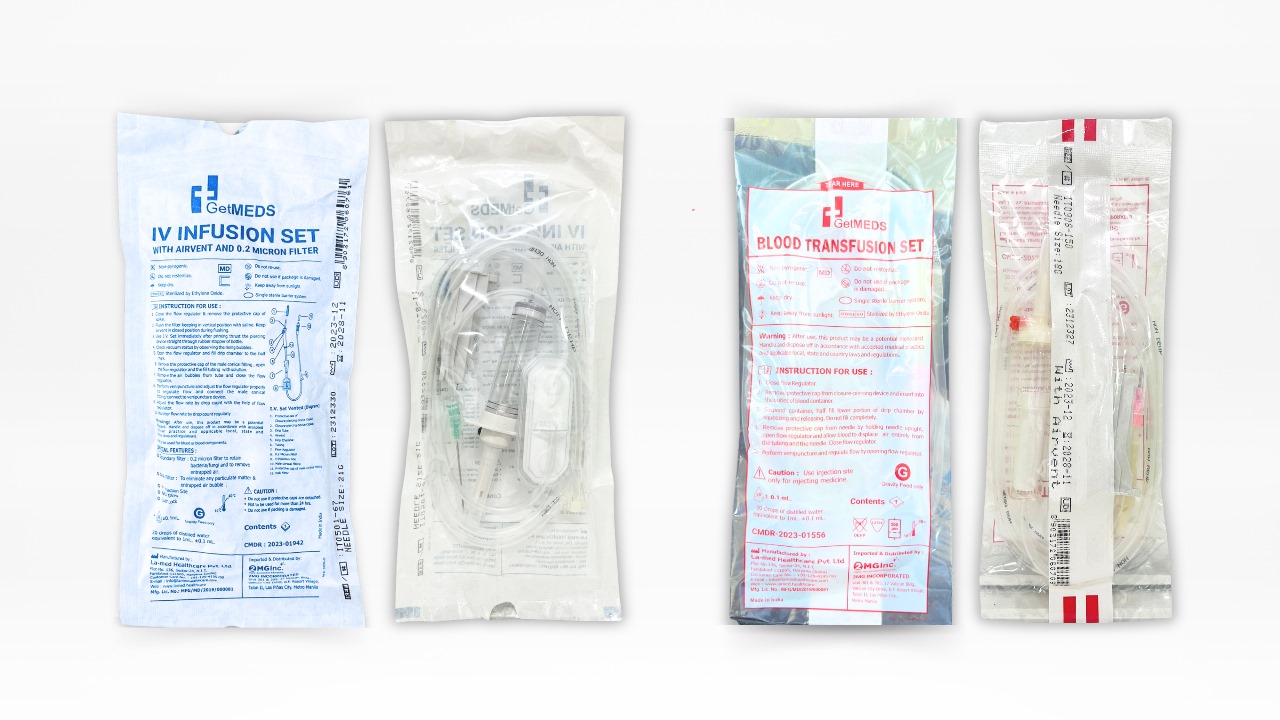Table of Contents
What is breast cancer?
Breast cancer occurs when the breast cells mutate or change and grow at a rapid rate. When left uncontrolled, it creates a mass of tissue called a tumor.
According to wcrf.org, their worldwide cancer data shows breast cancer ranks first. The data shows that it comprises more than 12 percent of total cancer cases worldwide.
Breast cancer has the capacity to invade and grow into the tissue surrounding the breast. The group of cells also has the capability to travel, plant itself in other parts of the body, and form new tumors. This is also known as metastasis.
Which race is at risk for breast cancer?
Women who are non-Hispanic black have the same prevalence as non-Hispanic white women. According to my.clevelandclinic.org, other races are least likely to develop breast cancer. Statistics show that Asian, Hispanic, or Native Americans have a lower incidence.
Diagnosing Breast Cancer
In order to detect or identify breast cancer, doctors frequently employ additional testing. Women may be sent to a breast surgeon or specialist.
Because of the new technology, determining the stage of breast cancer is easier than ever. CDC.gov explained further breast cancer stage diagnosis tools currently available.
- breast sonography. a device that produces sonograms—pictures of regions inside the breast—using sound waves.
Staging is a way to describe how extensive the breast cancer stages are. Staging analyzes the size of the tumor, whether it already spread to other nodes or even further. Different breast cancer stages can also have various biomarkers, where staging can help.
The staging of the different breast cancer stages can be done either before or after the surgery. Staging is done before surgery and is called a clinical stage. Staging for breast cancer stages after the surgery is called the “pathologic stage.”
To differentiate the breast cancer stages clinicians use the TNM staging system. This system is used for breast cancer stage diagnosis. TNM is helpful for doctors for identifying breast cancer stage definitions.
Stages of Breast Cancer
There are five major stages of breast cancer. Each stage has its own breast cancer stages symptoms:
Stage 0: Breast cancer that is only present in the breast tissue’s ducts is said to be in stage 0. The breast’s pericardial tissue is not covered in cancerous cells. In situ cancer or non-invasive cancer are other names for this stage.
Breast cancer symptoms at stage 0 are usually nonexistent, but some people may notice a little lump. Additionally, bloody fluid is seen coming from the nipple.
If handled well, the breast cancer stage 0 survival rate can be almost 100%.
Stage 1A: In this stage, the tumor is still small, but already invasive, but it has not spread to the lymph nodes. Breast cancer stages symptoms in 1A include:
- nipple discharge
- dimpling of the skin
- swelling or redness of the breast
- a lump in the breast or armpit
- texture changes of the skin of the breast
- flattening or inversion of the nipple
Stage 1B: In this stage, the tumor has already spread to the lymph nodes and cancer in the node is larger than 0.2 mm. Breast cancer symptoms are almost same as Stage 1A
If diagnosed and managed early breast cancer stage 1 survival rate is 98-100%
Stage IIA: Can be any of the following conditions:
The disease has expanded to one to three axillary lymph nodes but there is no sign of a tumor in the breast. It hasn’t spread to the body’s far reaches.
The tumor has migrated to one to three axillary lymph nodes and is 20 mm or less in size.
The tumor has not migrated to the axillary lymph nodes and is greater than 20 mm but not 50 mm.
Stage IIB: Is either one of these cases
The tumor has migrated to one to three axillary lymph nodes and is greater than 20 mm but not 50 mm.
Despite being greater than 50 mm, the tumor has not yet metastasized to the axillary lymph nodes.
Breast cancer symptoms are almost the same in Stage 1. Additional symptoms for stage 2 includes:
- Changes to the skin of the breast.
- Changes to the size or shape of the breast.
- Pain.
If the patient completed the prescribed treatment, breast cancer stage 2 survival rate can range from 95-98%
Breast cancer stages symptoms can vary in Stage 3
Stage III: The tumor, regardless of size, has metastasized to the internal mammary lymph nodes or to 4–9 axillary lymph nodes.
Breast cancer stages symptoms in stage 3 are dimpling, redness, or other color changes, scaliness, or open sores are alterations to the breast’s skin. There is also breast lump or armpit enlargement.
Given that the patient is compliant with the prescribed treatment plan, the breast cancer stage 3 survival rate can still be as high as 86%
Stage IV: The tumor may have migrated to other organs such the bones, lungs, brain, liver, distant lymph nodes, or the chest wall and can be of any size. (any T, any N, M1). About 6% of the time, metastatic cancer is discovered at the time of the initial cancer diagnosis. De novo metastatic breast cancer is one name for this.
The majority of the time, metastatic breast cancer is discovered following an earlier diagnosis of early-stage breast cancer.
Breast cancer stage symptoms in stage 4 include: Severe new bone pain that progressively becomes continuous can be a symptom. Fractures may also result from bone metastasis.
Other symptoms may include speech, vision, or balance abnormalities, headaches, nausea, and numbness in the face.
The 5-year survival rate for people with stage 4 breast cancer following diagnosis is 28%, according to the American Cancer Society (ACS)
Comparing this percentage to earlier phases, it is significantly lower. The total 5-year survival rate for all stages is 90%.
Medication for Breast Cancer
Breast cancer medicines can be difficult to get. It will be easier if you order medicine online using legitimate websites. GetMeds has accessible cancer medicine online that is available within a few clicks. Order medicine online now and avoid the hassle of everyday traffic and stress.

 Login/Register
Login/Register













Be the first to comment on "What are the Different and Major Stages of Breast Cancer and Survival Rate of Each Stage?"